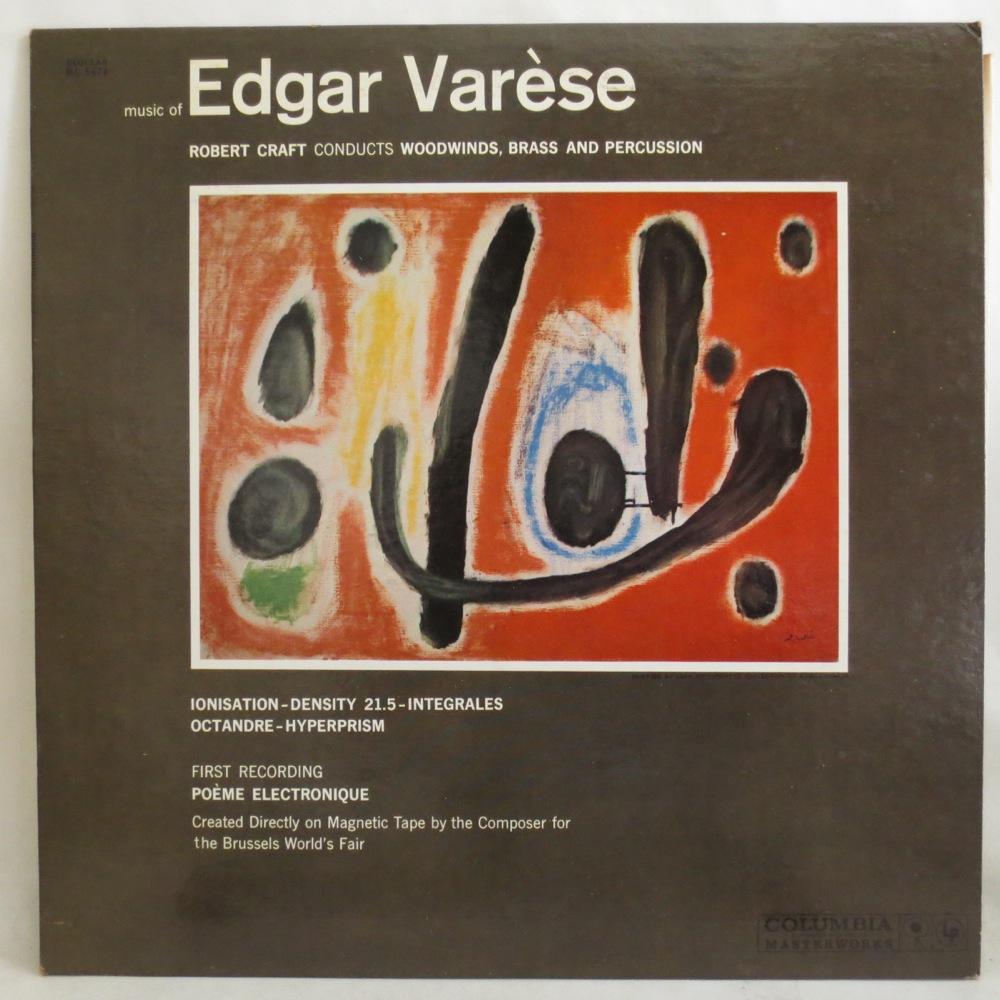Ionisation, 1988
26 January 2016
I remember hearing Ionisation for the first time in 10th grade. Zappa had crowed about Varèse and I must’ve picked that up somewhere.
I was baffled.
On one bike ride from Edmonds to the hallowed record stores of Seattle's University District, I bought the Robert Craft recording with the awesome Miro knockoff on the cover, all scratched to hell. There was a punk-rockness I felt that was way more powerful than anything I gauged from Black Flag, Minutemen/fIREHOSE or Minor Threat (huge groups for me). This was ME, MINE, a sound only I knew. It was so noisy and disorganized to me initially, I was overloaded. I wish I could re-experience it now.
“By brute force, I will understand this,” I thought echoing Varèse’s call to arms: “the present day composer refuses to die.” I spun it another time, maybe 4 complete listens before I caved and put on something else. I tried repeatedly to penetrate the fog, only to identify favorite moments, the overall structure still elusive. Call in the big guns.
Meg Dezell, powerful shaman whose father toured with Brubeck, heard my plea for guidance. My orchestra teacher raised her eyebrows and chuckled, “that’s pretty difficult stuff. Not my thing at all, but there’s a score in the Norton Anthology.” She produced the tome I’d buy 3 years later for Music 101 at Shoreline Community College. “Try to count the beats in the bars as you listen.”
Bam.
That’s all I needed to hear.
When you hear a young person’s curious questions, hang out and answer them simply. This advice from my teacher was pivotal for me, a key unlocking every score I’d tried to follow. Varese had a beat, the rhythm was his blanket. Listen for the rhythm, identifying the layers, and you’re halfway there. The next step’s all about witnessing the counterpoints played by these layers (objects) and identifying how they make you feel, what they have you see.

Comments powered by Talkyard.